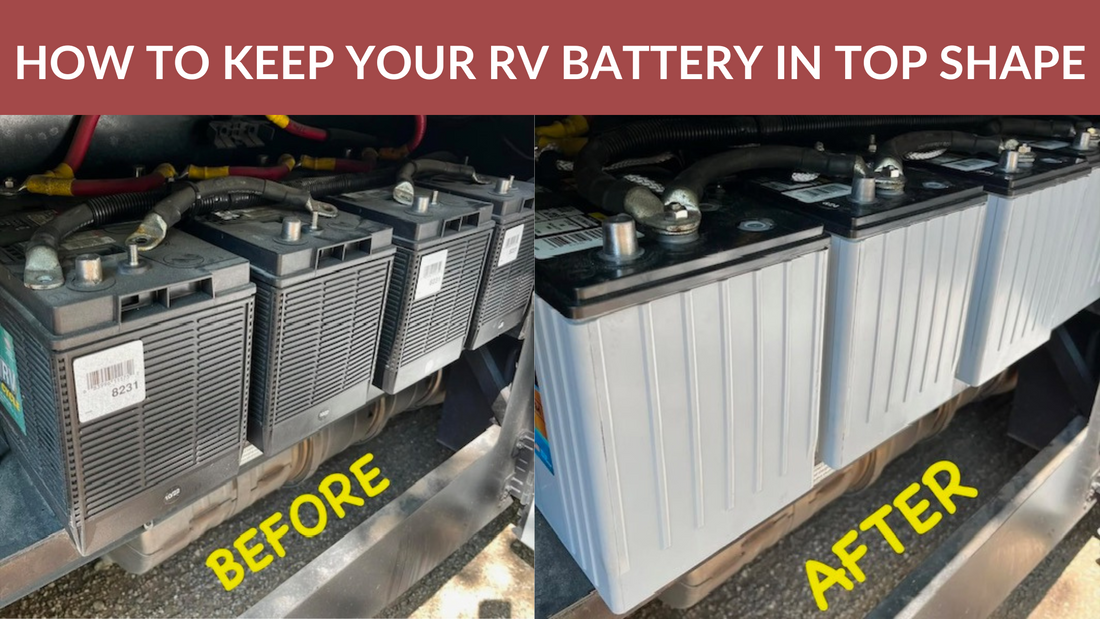
How to Keep Your RV Battery in Top Shape
Share
Your RV battery is the heart of your electrical system, powering everything from lights to appliances while you're on the road or boondocking off-grid. Proper maintenance is essential to extending its lifespan and ensuring reliable performance. Here’s how you can keep your RV battery in top shape and avoid costly replacements.
1. Choose the Right Battery
RV batteries come in different types, including lead-acid (flooded), AGM (Absorbent Glass Mat), and lithium-ion. Each type has unique maintenance requirements, so understanding your battery type is the first step to proper care.
- Lead-acid batteries require regular water level checks and cleaning.
- AGM batteries are maintenance-free but still require periodic inspection and cleaning.
- Lithium batteries are highly efficient with a long lifespan but need a compatible charging system.
2. Charge Properly
Proper charging habits will prevent premature battery failure. Here are some key charging tips:
- Use a smart charger that automatically adjusts the charging voltage.
- Avoid overcharging, which can damage lead-acid and AGM batteries.
- Keep lithium batteries between 20% and 80% charge for optimal longevity.
- If using solar panels, ensure the charge controller is set to the correct battery type.
3. Perform Regular Maintenance
Routine battery maintenance can help prevent issues before they arise. Follow these simple steps:
- Inspect for corrosion – Clean battery terminals regularly using a mixture of baking soda and water.
- Check fluid levels – If you have a flooded lead-acid battery, ensure electrolyte levels are topped off with distilled water.
- Tighten connections – Loose connections can lead to poor performance and power loss.
- Monitor voltage – Use a multimeter to check voltage levels and ensure the battery is holding a charge.
4. Store Your Battery Correctly
If you're not using your RV for an extended period, proper battery storage is crucial:
- Keep batteries in a cool, dry place to prevent overheating.
- Disconnect or use a battery maintainer to prevent self-discharge.
- Charge to full before storage, especially for lead-acid and AGM batteries.
- For lithium batteries, store at around 50% charge for long-term storage.
5. Know When to Replace Your Battery
Even with proper maintenance, RV batteries don’t last forever. Signs that you may need a replacement include:
- Difficulty holding a charge.
- Swelling or leaking.
- Rapid voltage drops under load.
- Reduced power output to appliances.
Final Thoughts
Keeping your RV battery in top shape ensures you have a reliable power source for all your adventures. With the right maintenance routine, you can extend your battery’s life, avoid unexpected breakdowns, and keep your RV running smoothly.
For more RV maintenance tips, be sure to check out our latest blog posts and subscribe to our YouTube channel for step-by-step guides!
